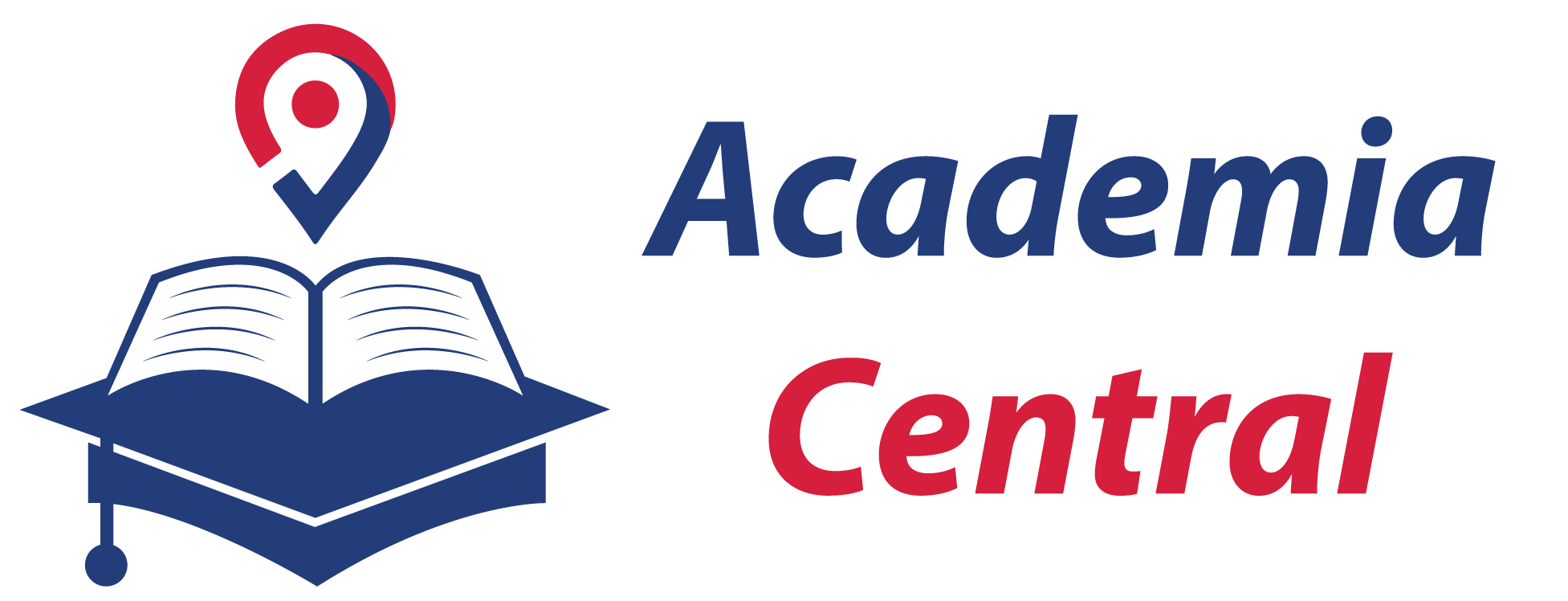
The Leadership Life Cycle: Transforming Organizations To Thrive During Difficult Economic Times
As we navigate the VUCA (volatility, uncertainty, complexity, ambiguity) world, the pace of leadership development must change. We have heard the phrase “lifelong learner” for years, maybe even decades, and it means different things to different people. Therefore, I want to explore how leadership development and company goals align during rapidly changing times.
How we prepare our leaders is a strategic differentiator for organizations. Outdated and ineffective leaders damage the organization, employee engagement and longevity, culture, client satisfaction and, ultimately, economic impact. As we face an economic downturn across most industries and geographies, we also face significant change across most industries. According to the World Economic Forum Global Risks Report 2023, “the world is facing a set of risks that feel both wholly new and eerily familiar. We have seen a return of ‘older’ risks—inflation, cost-of-living crises, trade wars, capital outflows from emerging markets, widespread social unrest, geopolitical confrontation and the spectre of nuclear warfare—which few of this generation’s business leaders and public policy-makers have experienced.” With this volume of change, organizations must continually refine their definition of future-ready leaders and a future-ready organization and invest in those changes.
Successful leaders and organizations must regularly elevate their leadership to accomplish their missions and thrive. They must solve problems and create paths forward to lead in their fields. This means they are elevating themselves and enabling their organizations.
With workforce changes such as significant turnover, retirements and older employees returning, we need to recalibrate how we look at leadership. For example, we see younger employees getting leadership opportunities sooner because of Covid, and they’re often leading more-seasoned employees, some working part-time or with adjusted schedules.
We have discussed the leadership life cycle as the path leaders take over their careers. In this article, we are expanding that definition to include how companies need to look at leadership development in the future in complex times. Previously, progressive organizations built performance management systems that included leaders. Those systems were updated on occasion. However, many prior structures and processes are breaking down, and companies need to rethink them and create adaptable systems that can evolve as needs change.
How do you evolve the leadership life cycle?
The leadership life cycle includes organizations attending to the following elements:
1. The definition of future-ready leaders. Refine the mindsets, behaviors and training to support leaders in building those mindsets. This means integrating topics such as anti-fragile resilience and teaching leaders to build a more substantial capacity to bounce back from disruption. How are you sensing the environmental changes and updating your leadership models?
2. The vision of a future-ready organization. It goes without saying that how we structure, govern, plan and run our organizations has changed since the advent of tools like the internet, cloud computing and remote work. With advances in robotic process automation, artificial intelligence and other technological advances, we need to evolve how we run our organizations. Leading and running are intertwined. How are you reevaluating your mission and vision in a changing landscape? What is your strategic advantage in 2023 and beyond? What does an organization that is successful at this vision look like?
3. Organizational structure. Many companies are accomplishing work differently now than in the past. In addition to the work task composition changing, companies need to realign much more quickly to meet market changes. As evidence of this, the tech industry let go of nearly 100,000 people so far this year. For most of these companies, the cuts result from reduced revenue and don’t necessarily equal reduced work volume. Companies must be agile in realigning the work, which can mean realigning the organizational structure. Do our traditional reporting ratios still work? How do we account for contract labor, outsourced teams and flexible project teams in our organizational structures?
4. Measurement. Leverage existing tools and processes to identify emerging leaders. As the criteria change, we need to continue to evolve our tools. The tools must consider operational characteristics, not just experience or personality type. While experience is an important measure, companies can quickly and reliably determine fit-for-role when combined with operational DNA. This means roles are assessed to create profiles. I assert that the missing link measures operational DNA as a critical fit indicator. This is a new approach.
5. Succession planning. As leadership changes, we need to identify the criteria for future leader success and build a pipeline that reflects future-ready leader criteria. This means we must intensify our training efforts—even when facing recessionary pressures. Companies that invest in training consistently outperform those whose leadership investment ebbs and flows with profitability.
6. Alignment. Each component needs to be continually aligned to ensure success. Culture is a significant part of this alignment. What culture are we creating? Are we deliberate about the unwritten rules and the messages we send to our people about what we value, who we are and how we operate?
These elements work in harmony to form the leadership life cycle. First, companies must evolve to meet and optimally respond to client expectations. Leaders need to evolve to meet company goals. Finally, these elements must be considered together to optimize results significantly as change accelerates and companies face economic headwinds.
Where do you start?
While doing a full-scale evaluation is generally the most effective approach, for many organizations, this is too much to take on in the short term. Instead, I strongly recommend a comprehensive review of organizational strategy, values, operating principles and alignment for companies with resources and appetites. Determine where realigning the organization can better enable it to accomplish its mission. You can then map changes over time.
For organizations that need to take immediate action, we recommend mapping key roles and testing both current and emerging leaders. This process can help you identify gaps for current leaders and build your bench of future-ready leaders. This is where we look at fit-for-role using operational DNA. As a note, the criteria for future-ready leaders will continue to evolve as the world evolves, so this is a living process.
Article link – https://www.forbes.com/sites/forbescoachescouncil/2023/02/27/the-leadership-life-cycle-transforming-organizations-to-thrive-during-difficult-economic-times/?sh=3b8a1f207053
